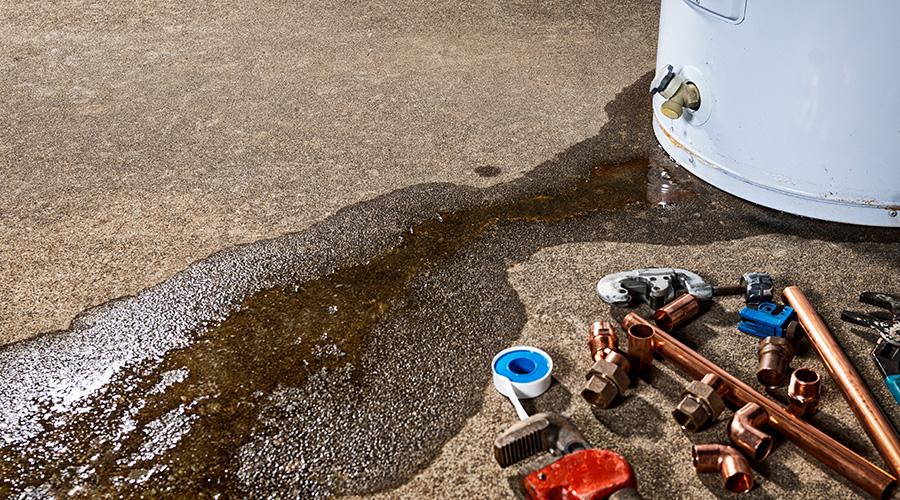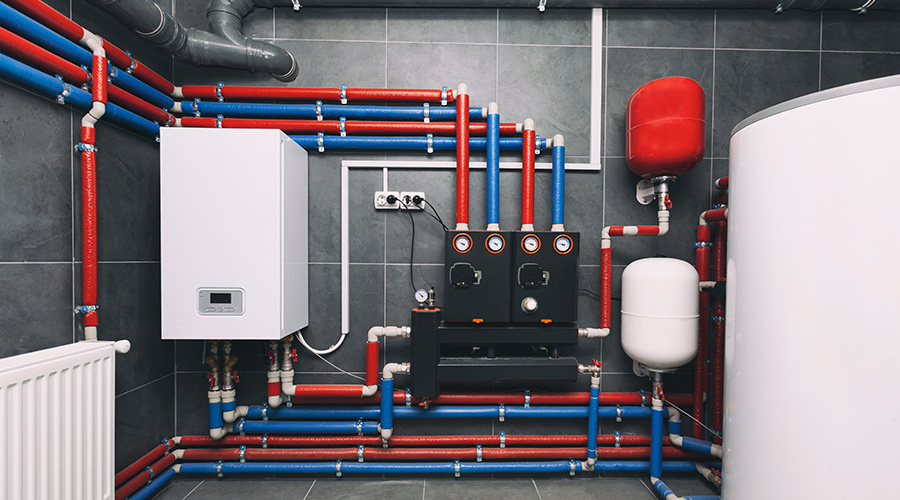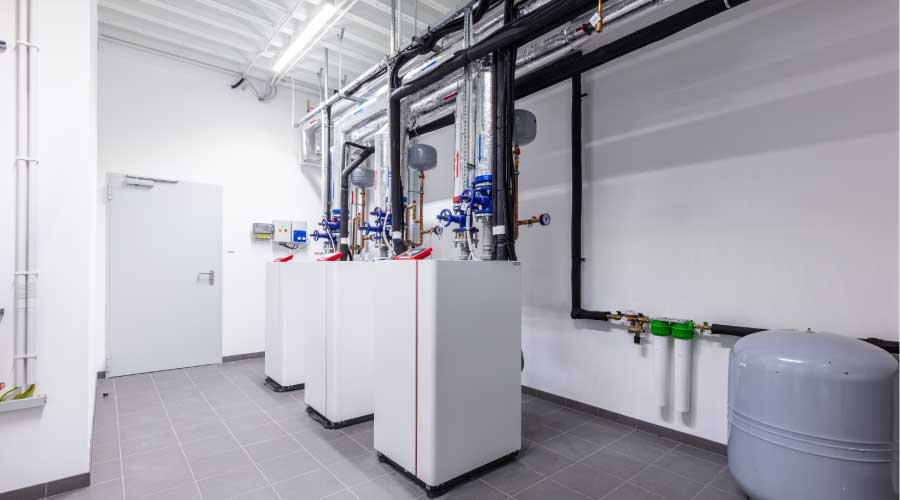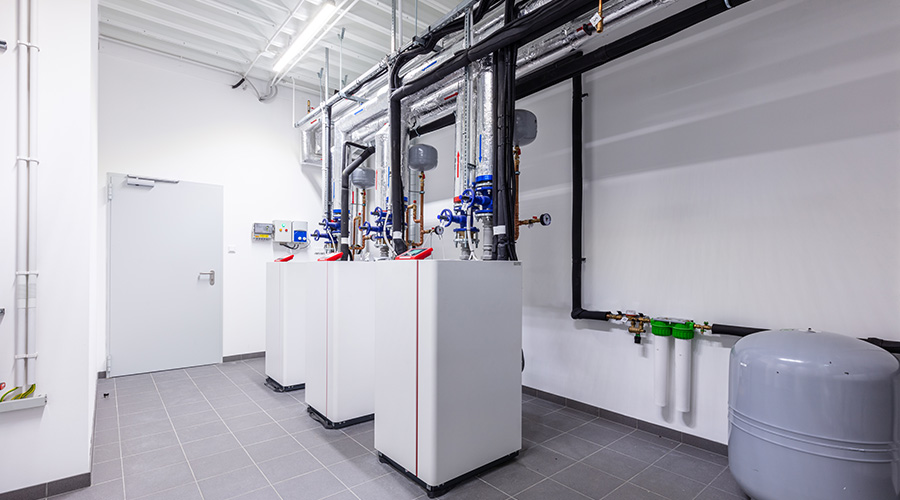VFDs Help Save Energy, Motor Maintenance
One alternative for cooling tower motors is to install a variable-frequency drive (VFD) on the fan motor. As the load on the tower decreases, the VFD can decrease the speed of the tower fan, decreasing both motor energy use and the noise generated by the fan. In most applications, the energy savings produced by the VFD are recovered in less than two years, and the VFD provides a soft start for the fan, decreasing wear on the fan motor and drive.
Motor maintenance also is essential for energy efficiency. Each week, technicians should check the tower fan motors for excessive heat and vibrations. If the fans are not direct-drive units, they should inspect the gearbox for proper oil level and for oil leaks. They also should inspect the operation of the spray nozzles for proper spray patterns, and they should inspect the drift eliminators and the tower fill for damage, dirt accumulation, and biological growth.
Contamination considerations
One common issue with cooling tower operation is contamination. The environment in which cooling towers operate exposes them to a range of contaminants. Inorganic solids such as dust, dirt, sand, and silt are introduced into the tower from the atmosphere and the tower's water supply. These solids collect in the tower basin, erode circulation-pump impellers, clog spray nozzles, and form scale on heat-transfer surfaces.
Another common contaminant in cooling towers are organic solids, such as leaves, grass clippings, pollen, algae, and bacteria. As with inorganic solids, organic solids tend to collect in basins, nozzles, and heat-transfer surfaces. But unlike inorganic solids, organic solids can pose a health risk to personnel.
Managers have several options for limiting the impact of contamination on cooling-tower performance. Water-treatment programs can help keep the contaminants suspended in the water, limiting their ability to form scale. Programs also can help minimize the growth of organic contaminants.
Even with a well-designed water treatment program, the quantity of solids in a cooling tower's circulating water tends to increase, so most tower manufacturers recommend a blowdown system that bleeds off a portion of the circulating water and replaces it with fresh circulating water. Technicians need to set the concentration of solids in the circulating water, as well as the rate at which water is replaced, in order to keep the tower operating within the manufacturer's guidelines for suspended solids.
To limit the accumulation of living organisms, manufacturers use two methods of water treatment — biocides in circulating water and exposing the water to ultraviolet (UV) light. Biocide programs must be designed for the specific environment in which the tower operates and be regularly monitored to be effective.
UV systems use chambers installed that expose the circulating water to a moderate level of UV light. The light is intensive enough to disrupt the DNA material within most organisms, either killing them or preventing them from reproducing.
Related Topics:













